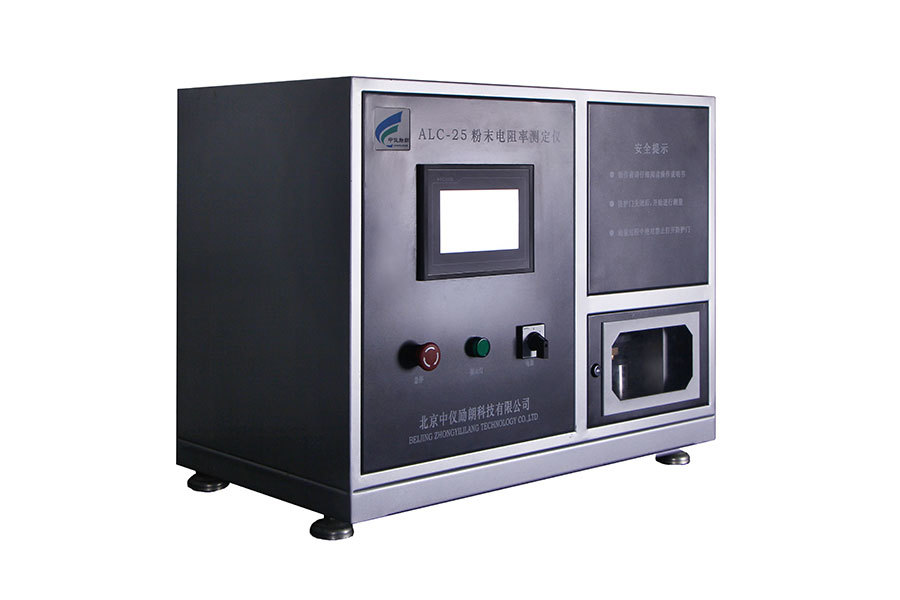Understanding the Importance of Catalyst Powder Wear Index Testing: A Comprehensive Guide
Oct 05,2025

Understanding the Importance of Catalyst Powder Wear Index Testing
Catalyst powders play a crucial role in various industrial applications, particularly in chemical and petrochemical processes. As industries strive for efficiency and reliability, testing the wear index of catalyst powders has become increasingly important. In this detailed article, we will explore the significance of catalyst powder wear index testing, its methodologies, and its implications for industrial performance.
Table of Contents
1. Introduction to Catalyst Powder Wear Index Testing
2. What is Wear Index?
3. The Importance of Catalyst Powder Wear Index Testing
4. Methodologies for Catalyst Powder Wear Index Testing
- 4.1 Common Testing Methods
- 4.2 Equipment Needed for Testing
5. Applications of Wear Index Testing in Industry
6. Challenges in Catalyst Powder Wear Index Testing
7. Best Practices for Effective Testing
8. Future Trends in Catalyst Powder Testing
9. Conclusion
10. FAQs
Introduction to Catalyst Powder Wear Index Testing
In many industrial sectors, catalyst powders are pivotal for enhancing reaction rates and improving product yields. However, over time, these powders can undergo wear and degradation, affecting their performance. Catalyst powder wear index testing provides a quantifiable measure of how much wear a catalyst powder can withstand under specified conditions. Understanding this wear index is essential for the longevity and efficiency of catalysis systems.
What is Wear Index?
The wear index of a catalyst powder is a numerical representation of its resistance to wear over time. This index helps manufacturers and researchers determine how well a catalyst can retain its effectiveness during operation. The wear index is crucial because it directly correlates with the catalyst's lifespan and its ability to produce high yields consistently. By measuring this index, industries can make informed decisions about catalyst selection and maintenance.
The Importance of Catalyst Powder Wear Index Testing
Understanding the wear index of catalyst powders is vital for several reasons:
- **Predictive Maintenance**: By assessing the wear index, companies can anticipate when a catalyst will need replacement, preventing unexpected downtimes and costly disruptions.
- **Quality Assurance**: Regular wear index testing ensures that catalysts meet performance specifications, maintaining consistent product quality.
- **Cost Efficiency**: Knowledge of a catalyst's wear index can lead to better material choices, optimizing operational costs by extending catalyst life and reducing the frequency of replacements.
- **Safety**: In many chemical processes, catalyst failures can lead to hazardous situations. Wear index testing helps mitigate such risks by ensuring that catalysts are functioning within safe parameters.
Methodologies for Catalyst Powder Wear Index Testing
The methodologies employed in catalyst powder wear index testing can vary based on the specific requirements of the application. Here, we delve into the common testing methods and the equipment necessary for effective testing.
Common Testing Methods
There are several methods to evaluate the wear index of catalyst powders. Some of the most prevalent include:
1. **Rotary Abrasion Testing**: This method simulates the wear conditions that catalysts might experience during operation. It involves subjecting the catalyst powders to rotary motion against a surface, measuring the material loss over time.
2. **Impact Testing**: In this method, catalyst powders are dropped from a specific height onto a surface. The impact causes wear, and the amount of material loss is measured to determine the wear index.
3. **Shear Strength Testing**: This test evaluates the resistance of catalyst powders to shear forces. By applying controlled shear loads, manufacturers can gauge how these forces affect the wear index.
Equipment Needed for Testing
To carry out proper wear index testing, several types of equipment are essential:
- **Abrasion Testers**: These machines are designed to perform rotary abrasion testing accurately, allowing for consistent results.
- **Impact Testing Apparatus**: Equipment for controlled drop tests ensures that results are reliable and reproducible.
- **Shear Testing Machines**: These devices are necessary for conducting shear strength tests, providing precise load measurements and wear assessments.
Applications of Wear Index Testing in Industry
The applications of catalyst powder wear index testing are vast and impact various sectors. Key areas include:
- **Petrochemical Industry**: Catalyst powders are critical for processes such as hydrocracking and reforming. Understanding wear indices helps optimize catalyst use, enhancing yield and reducing waste.
- **Pharmaceutical Production**: In the synthesis of drugs, catalyst powders must maintain high performance. Wear testing ensures the reliability and consistency of production processes.
- **Environmental Applications**: Catalyst powders play a vital role in emissions reduction technologies. Testing helps ensure that these materials function effectively over their intended lifespan.
Challenges in Catalyst Powder Wear Index Testing
Despite its importance, several challenges can arise in catalyst powder wear index testing:
- **Variability in Results**: Different testing methodologies may yield varying wear indices. It is crucial to standardize testing processes to ensure accurate comparisons.
- **Environmental Conditions**: The wear index can be affected by temperature, pressure, and the specific chemical environment in which the catalyst operates. These variables must be carefully controlled during testing.
- **Time-Consuming Processes**: Some testing methods may require extended periods to yield reliable results, posing challenges in fast-paced industrial environments.
Best Practices for Effective Testing
To achieve the most reliable results in catalyst powder wear index testing, we recommend the following best practices:
- **Standardize Procedures**: Establish clear protocols for testing to minimize variability and ensure consistency across tests.
- **Use Control Samples**: Incorporate control samples to benchmark performance and validate testing processes.
- **Perform Regular Testing**: Schedule periodic wear index testing to monitor catalyst performance over time, allowing for timely replacements and maintenance.
- **Document Results Meticulously**: Maintain detailed records of testing outcomes to facilitate analysis and identify trends over time.
Future Trends in Catalyst Powder Testing
As industries continue to evolve, several trends are emerging in catalyst powder wear index testing:
- **Advanced Analytics**: The integration of machine learning and data analytics can provide deeper insights into wear patterns and catalyst performance, helping to refine testing methodologies.
- **Sustainability Focus**: As industries prioritize sustainability, testing will increasingly focus on assessing catalysts for their environmental impact and long-term viability.
- **Increased Automation**: Automation in testing processes can enhance efficiency and accuracy, reducing the time required for wear index assessments.
Conclusion
Understanding the importance of catalyst powder wear index testing is crucial for industries that rely on these materials. By implementing effective testing methodologies, companies can enhance product reliability, optimize costs, and ensure safety in chemical processes. As we look to the future, advancements in technology and analytics will further refine testing practices, enabling industries to make informed decisions about their catalyst usage.
FAQs
1. **What is the wear index of a catalyst powder?**
The wear index is a numerical measure of a catalyst powder's resistance to wear, indicating its longevity and effectiveness in industrial applications.
2. **Why is catalyst powder wear index testing important?**
This testing is essential for predicting maintenance needs, ensuring quality, reducing costs, and enhancing safety in operations involving catalyst powders.
3. **What methods are commonly used for wear index testing?**
Common methods include rotary abrasion testing, impact testing, and shear strength testing.
4. **What equipment is needed for catalyst powder wear index testing?**
Equipment includes abrasion testers, impact testing apparatus, and shear testing machines.
5. **How can companies ensure accurate wear index testing?**
Companies can standardize procedures, use control samples, perform regular testing, and document results meticulously for accurate assessments.
PREVIOUS:
Contact Us








